Search
Search Results
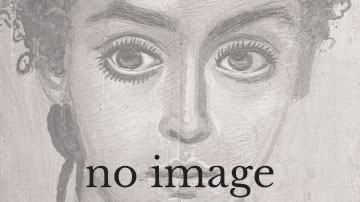
Definition
Levant
Levant is the name applied widely to the eastern Mediterranean coastal lands of Asia Minor and Phoenicia (modern-day Turkey, Syria, and Lebanon). In a wider sense, the term can be used to encompass the entire coastline from Greece to Egypt...
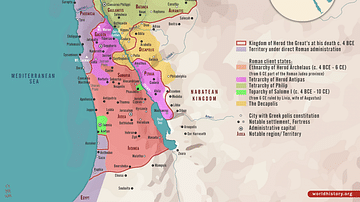
Image
Herodian Tetrarchy in the Levant, c. 5 CE
A map illustrating the geopolitical situation in the Levant after Herod the Great's death (an ambitious ruler appointed as the King of Judea by the Roman Senate in 37 BCE ). The Herodian Tetrarchy, established by Herod the Great's will, divided...
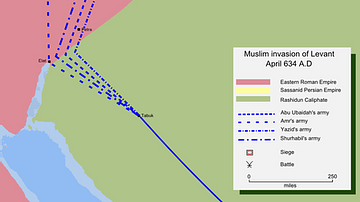
Image
Muslim Invasion of the Levant, 634 CE
A map depicting the Muslim invasion into the Levant, then controlled by the Byzantine Empire, in 634 CE.
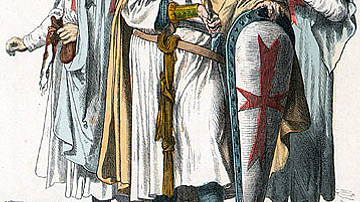
Definition
Knights Templar
The Knights Templar were established c. 1119 and given papal recognition in 1129. It was a Catholic medieval military order whose members combined martial prowess with a monastic life to defend Christian holy sites and pilgrims in the Middle...
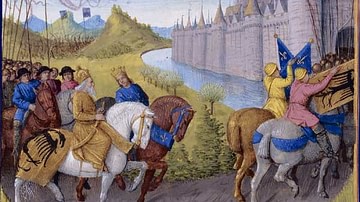
Definition
Second Crusade
The Second Crusade (1147-1149 CE) was a military campaign organised by the Pope and European nobles to recapture the city of Edessa in Mesopotamia which had fallen in 1144 CE to the Muslim Seljuk Turks. Despite an army of 60,000 and the presence...
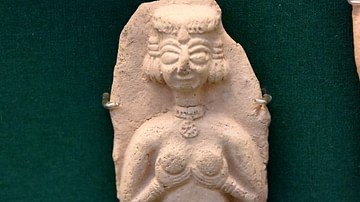
Definition
Astarte
Astarte is the Canaanite/Phoenician goddess of love, sex, war, and hunting who developed from the Mesopotamian deity Inanna/Ishtar. She is usually associated with the storm god Baal but seems to have been much more popular. She traveled to...
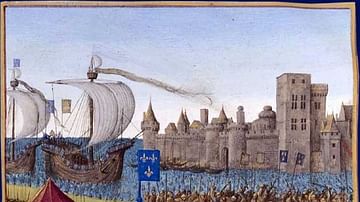
Definition
Eighth Crusade
The Eighth Crusade of 1270 CE was, like the Seventh Crusade (1248-1254 CE), led by the French king Louis IX (r. 1226-1270 CE). As previously, the idea was to attack and defeat the Muslims first in Egypt and then either reconquer or negotiate...
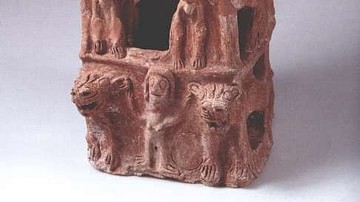
Definition
Ancient Israelite Art
Ancient Israelite art traditions are evident especially on stamps seals, ivories from Samaria, and carvings, each with motifs connecting it to more general artistic traditions throughout the Levant. Ancient Israel, and therefore its art...

Definition
Umar
Umar ibn al-Khattab (r. 634-644 CE) was the second caliph of the Rashidun Caliphate (632-661 CE, as the first four caliphs are referred to by the Sunni Muslims). He was an early convert of Islam and one of the close companions of the Islamic...

Definition
Amber in Antiquity
Amber, the fossilised resin of trees, was used throughout the ancient world for jewellery and decorative objects. The main source was the Baltic region where amber, known to mineralogists as succinite, was washed up onto beaches and easily...